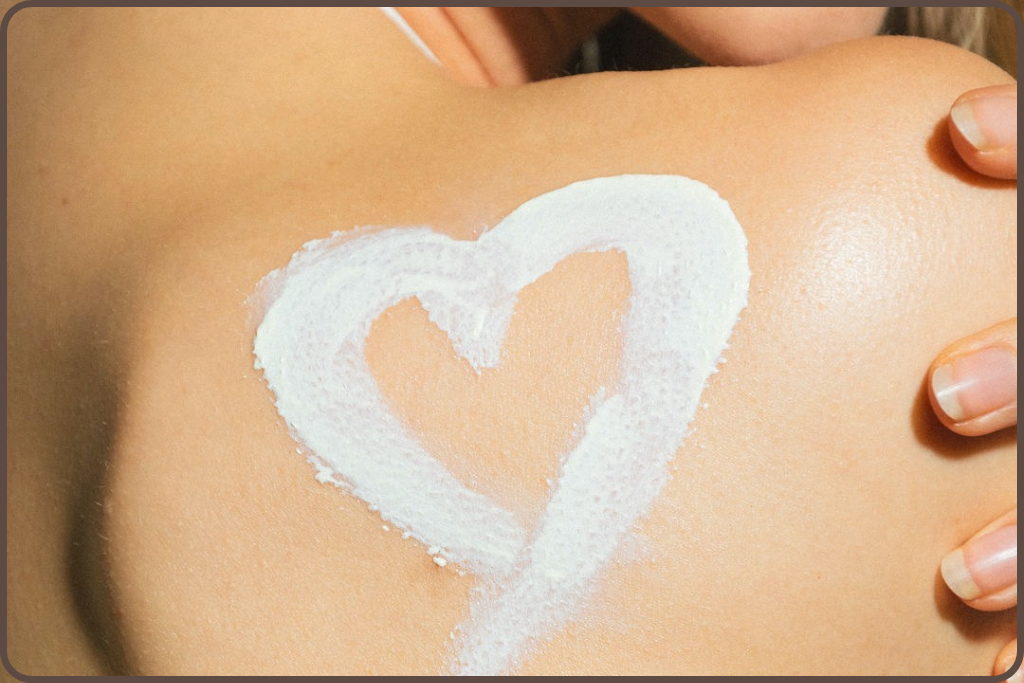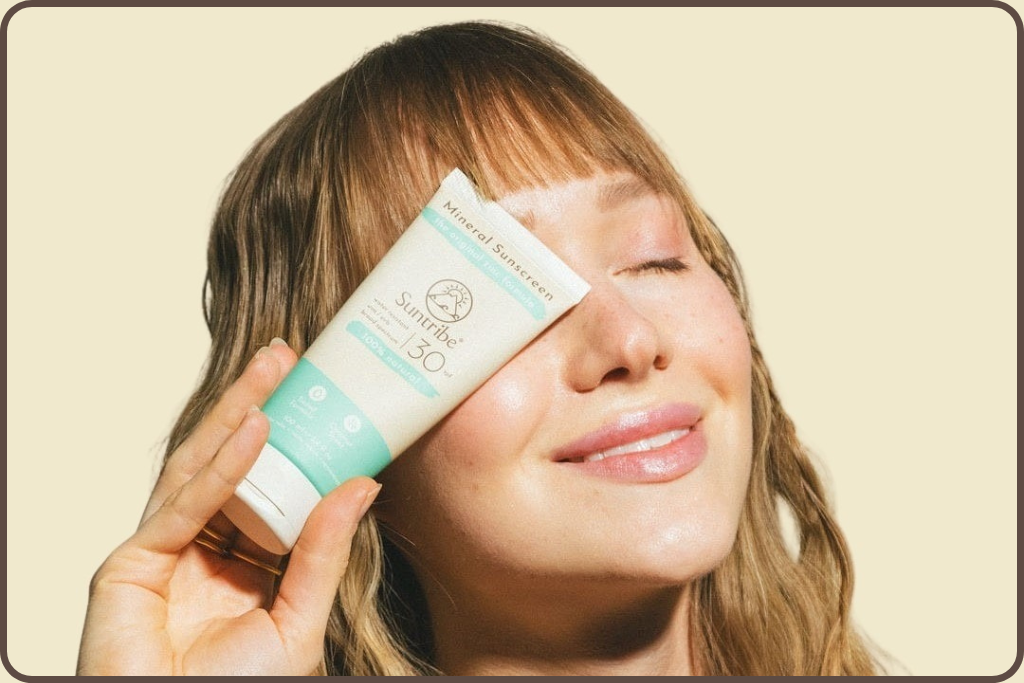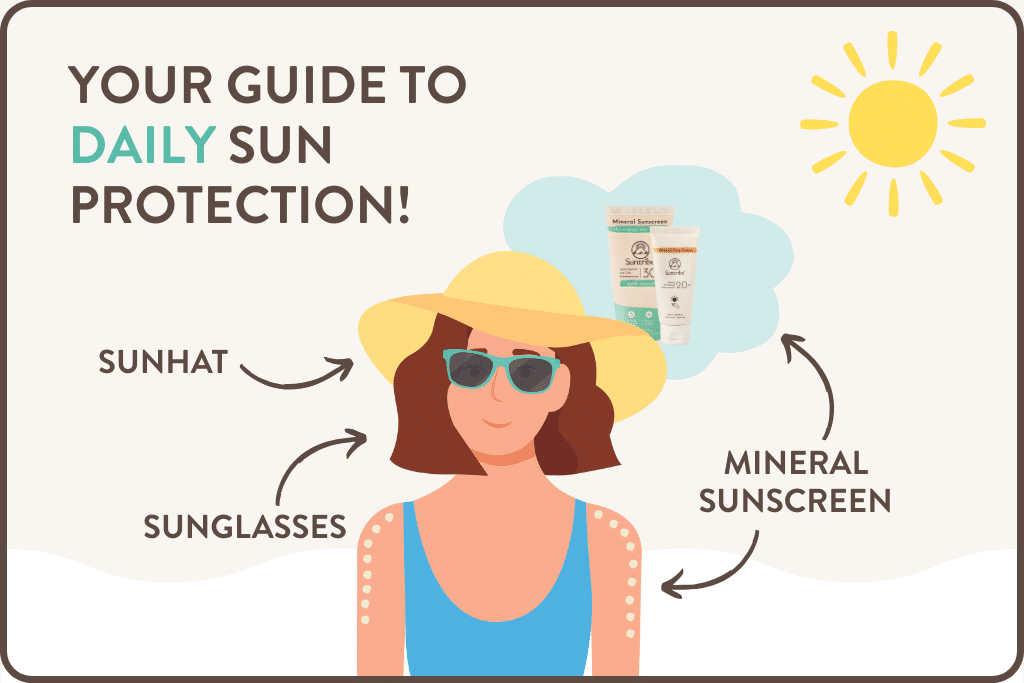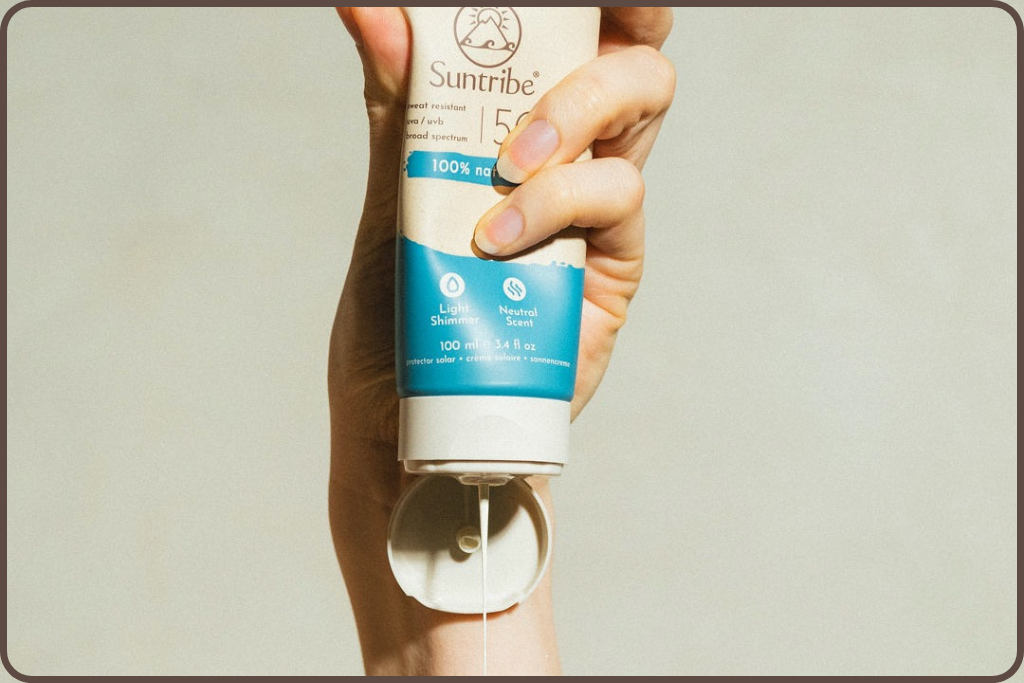Blog
Skin Cancer: The most common—and preventable—cancer

By Karl Roos - March 20, 2025
The truth about skin cancer
Skin cancer is the most common cancer in the world—but also one of the most preventable. Despite its prevalence, many people still underestimate the risks associated with excessive sun exposure and the importance of daily sun protection. Understanding what skin cancer is, how it develops, and how to protect yourself can significantly reduce your risk. Let’s dive into this slightly uncomfortable topic and use scientific data to better understand how to enjoy the great outdoors while minimizing the risks.
What is skin cancer ?
Skin cancer occurs when skin cells grow uncontrollably due to DNA damage, primarily caused by exposure to ultraviolet (UV) radiation. This damage triggers mutations that lead to abnormal cell growth, resulting in cancerous tumors. It can affect anyone, regardless of age, gender, or ethnicity, but those with lighter skin tones and frequent sun exposure are at higher risk.
The three main types of skin cancer
There are several types of skin cancer, but the three most common are:
- Basal Cell Carcinoma (BCC): This is the most common form and appears as a waxy bump or a persistent sore. It grows slowly and rarely spreads but can cause significant damage if left untreated.
- Squamous Cell Carcinoma (SCC): More aggressive than BCC, SCC can develop into larger growths and spread to deeper tissues if not treated promptly.
- Melanoma: The deadliest form of skin cancer, melanoma often appears as an irregularly shaped or colored mole and can spread rapidly to other organs if not caught early.
Understanding these different types can help you identify warning signs and seek medical attention if needed.

How is skin cancer connected to sunbrun?
Sunburn is more than just a temporary discomfort; it is a clear sign of skin damage that can have long-term consequences. When exposed to UV radiation—whether from the sun or artificial sources like tanning beds—your skin cells suffer DNA damage. Over time, this accumulated damage increases the risk of developing skin cancer.
Some important facts about sunburn and skin cancer include:
- One blistering sunburn during childhood or adolescence doubles the risk of melanoma later in life.
- UV damage is cumulative, meaning that every sunburn adds to the overall risk.
- A „base tan“ does not protect your skin; in fact, any tan is a sign of skin cell injury.
Although the redness of a sunburn fades, the genetic mutations caused by UV exposure remain, making prevention the best approach to reducing risk. It’s important to remember that when it comes to sun exposure – looks are deceiving. Even though tanned skin might appear healthy or attractive, this is not the case. UV exposure is necessary for human health and vitamin D synthesis, but the amount of UV exposure that causes tanning is too much for the skin. So it’s important to remember that this is not a question of exposing or not exposing yourself to the sun – but rather to do it in moderation and with an understanding of the factors that make sun exposure more or less harmful.
As an example, with sunscreen and outside the peak hours of sun exposure, the skin can handle much more time in the sun without getting damaged, as compared to without sunscreen and in peak hours.

Who is most at risk?
While anyone can develop skin cancer, some individuals are at a higher risk due to specific factors. These include:
⇒ Fair or sensitive skin – People with less melanin have lower natural UV protection.
⇒ Frequent sunburns – A history of sunburns increases the likelihood of skin damage.
⇒ Tanning bed use – Artificial UV exposure significantly raises the risk.
⇒ Family history of skin cancer – Genetic predisposition can play a role.
⇒ Excessive sun exposure – Those who spend long hours outdoors without protection are more vulnerable.
Assessing Your Risk
If you’re unsure whether you’re at risk, ask yourself:
- Do I have fair or sensitive skin?
- Have I had multiple sunburns in my life?
- Do I frequently spend time in the sun without protection?
- Have I used tanning beds in the past?
- Does skin cancer run in my family?
If you answered „yes“ to multiple questions, you may need to take extra precautions and schedule regular skin checks.

How to protect your skin
Protecting your skin from harmful UV radiation is essential in preventing skin cancer. The best strategies include:
⇒ Monitoring changes in your skin. Keep an eye out for new moles, spots, or patches that change in size, shape, or color. Sores that don’t heal or growths that appear suddenly should also be checked by a dermatologist.
⇒ Using broad-spectrum sunscreen (SPF 30+). Apply generously and reapply every two hours, especially when swimming or sweating.
⇒ Wearing protective clothing. Hats, sunglasses, and UPF-rated fabrics provide extra protection.
⇒ Seeking shade during peak sun hours (10 AM – 4 PM). Limiting sun exposure during these hours significantly reduces risk.
⇒ Being mindful on cloudy days. UV rays penetrate clouds, meaning you can still get sun damage even when the sun isn’t shining directly.
⇒ Avoiding tanning beds. The high levels of UV radiation from tanning beds increase skin cancer risk dramatically.
By incorporating these habits into your daily routine, you can lower your risk of developing skin cancer while maintaining healthy skin.

Choose the right sunscreen
Not all sunscreens offer the same level of protection. Here are some key points to consider when selecting one:
✔ Mineral sunscreens (with zinc oxide or titanium dioxide) provide broad-spectrum protection and are safer for both your skin and the environment. Mineral sunscreens are also effective from the moment of application, which also makes them more reliable in many real world scenarios.
𝗫 Chemical sunscreens can be effective but may contain ingredients with potential health risks. Chemical sunscreens also require some time after application before they are effective, which in some real world situations is less than ideal.
✔ Water-resistant formulas are ideal for prolonged outdoor activities or any type of sport activity.
What to do if you get a sunburn?
Despite best efforts, sunburns can still happen. If you do get burned, follow these steps for a faster recovery:
- Cool your skin with cold compresses or aloe vera gel. After sun gels and balms work great for this as well.
- Stay hydrated to support your body’s healing process.
- Avoid peeling or popping blisters to prevent infection and scarring.
- Moisturize regularly to keep skin hydrated and reduce discomfort.
While these steps can help alleviate symptoms, preventing sunburns in the first place is the most effective way to protect your skin.
The bottom line
Skin cancer is a serious but largely preventable disease. With simple, proactive measures, you can drastically reduce your risk and protect your skin for years to come. Daily sun protection, early detection, and smart habits make all the difference.
There’s no such thing as a safe tan—your skin’s health should always come first. By making sun protection a daily habit, you ensure that your skin remains healthy and resilient for a lifetime.

Want to continue reading?
About the Author
Karl is one of the co-founders of Suntribe and serves as the Head of Sales. As a passionate longboarder, Karl loves dancing on big and small waves around the world. After spending six years in Australia using natural sunscreen, he returned to Europe only to find a lack of suitable options—so he began making his own. This was the beginning of Suntribe. Known for his daily use of obscene amounts of regular Zinc, Karl’s favorite product remains the 45g Zinc Tin which he layers like a second skin!



